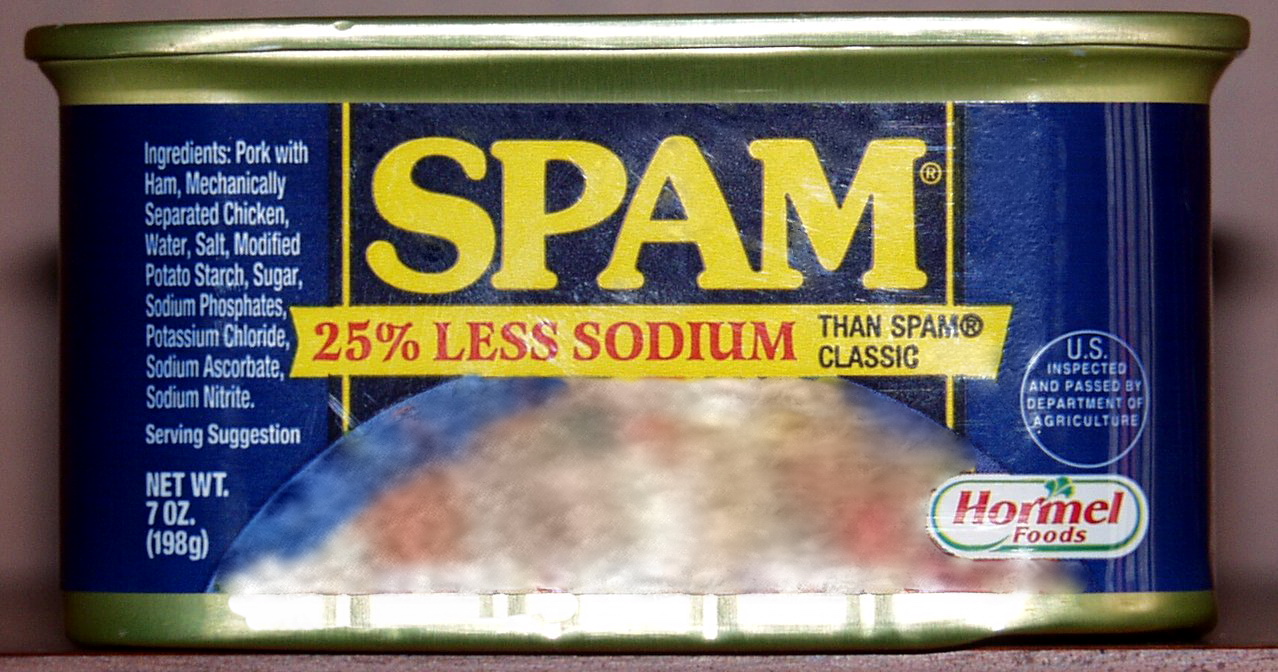“Congratulations, you’ve just won a trip to the Bahamas, Florida, or Cancun. Please press nine for further details.”
9.
“Hello, is this Jeff I’m speaking with?”
“Yes, this is Jeff”
“Hi Jeff, I’d just like to confirm…”
“oh, just a second, where are you calling from?”
“I’m calling from Orlando, Florida… oh um, mumble mumble travel agency”
“oh, ok…” whatever.
“Can I just confirm your phone number in case we get disconnected?”
“Well actually, your company has called my house before, and I’ve asked very nicely on several occasions to be taken off your list, but everytime I ask, I get hung-up on. Is there anyway you could please take me off your phoning list?”
“Oh, well actually because you’re in Cancun, I mean… um, Canada, the computer just dials the numbers and I have no way of removing them from the computer”.
“I see, well do you think it would be possible for me to talk to your manager and see if he or she could remove me from the list?”
“Actually, if I put my manager on, he won’t remove your number either, I’ll get in trouble and he’ll probably just hang up on you too.”
“Why do you work at a place that hangs up on people?”
“oh, I don’t know, it pays the bills—I guess. Have a good night.”
“Thanks, you too.”
Click.
